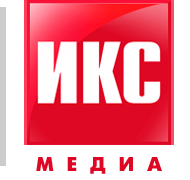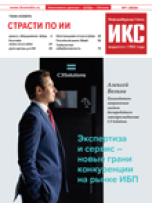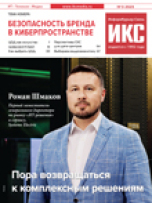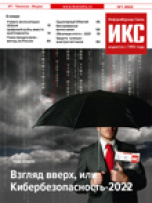| Рубрикатор |  |
 |
| Все новости |  |
World News |  |
 |
Mobile users want familiar TV content, not made-for-mobile
| 19 сентября 2008 |
Free-to-air analogue mobile TV to overtake digital next year, says chip maker Telegent; insists operators can make money from free TV.
Mobile users are more interested in viewing existing analogue TV on their handsets than the made-for-mobile content associated with DVB-H and other digital standards, according to mobile TV chipset provider Telegent Systems.
However, analogue TV viewing on the mobile will ultimately drive the sluggish market for DVB-H and video-on-demand, Telegent's co-founder and CEO Weijie Yun told Total Telecom recently.
"[There have been] too many discussions about the business model and how the operator can make money," from mobile TV, said Yun, and not enough focus on what adds value to the user.
"Consumers really want the content they are familiar with," he insisted.
Telegent makes chipsets for mobile TV-enabled handsets, including analogue TV, DVB-H and DVB-T phones. To date it has seen far greater success with its analogue TV handsets, which enable users to watch the same content they get on their home TV, for free.
"The familiar content really helps to drive the consumer adoption," said Yun.
Indeed, Telegent launched its first analogue TV handset in May 2007 and in the first six months sold more than 5 million.
"Since then we have sold substantially more," said Yun, although he was unwilling to provide figures.
According to research firm In-Stat, there will be 34 million analogue mobile TV viewers in the world by the end of this year, and next year the number of mobile analogue viewers will overtake digital.
DVB-H services came to market in Italy two years ago. "They have about 1 million subscribers after [spending] hundreds of millions [on] development," said Yun.
"We have digital solutions available...Unfortunately we haven't sold too many of them," he added.
"We have shipped more than all the digital standards combined worldwide," said Yun.
But Telegent has not given up on digital mobile TV.
"[But analogue] will accelerate the adoption of DVB-H when it's available," Yun said. "The two actually complement each other."
For example, customers that watch analogue TV on their phones are more likely to take part in phone-ins or competitions related to TV shows, and operators can cross-market their video clip, on-demand offerings - through messaging - to TV viewers.
"Analogue TV will drive the video-on-demand and other services the operator can offer, and that's exactly why the operators are interesting in launching this free service," said Yun.
In addition to creating "very strong stickiness with the customer," free analogue TV services can provide operators with an indirect revenue stream, Yun explained.
For example, the operator knows what the user is watching and as such can serve up targeted adverts via SMS. "[It's] very much like a Google model," Yun said. "Google monetises that information... [and] the operators can monetise that information through other means, rather than charging the consumer directly."
With the digital switchover looming in Western Europe, the U.S. and parts of southeast Asia, the analogue TV phone could have a limited lifespan in those markets. But Telegent insists that its business model remains sound.
After 2012, "88% of the world's population will still be watching analogue TV," Yun noted, adding that Asia, where it launched, is still Telegent's largest market, while adoption in Latin America has also been rapid.
"The transition will happen... however, it will be a very long transition if you look at it from a global perspective," he said.
Источник: Total Telecom















Оставить свой комментарий:
Комментарии по материалу
Данный материал еще не комментировался.